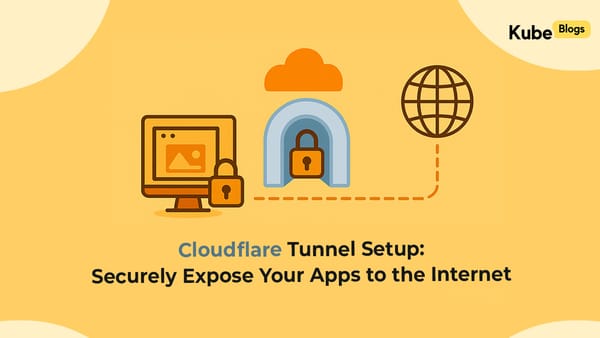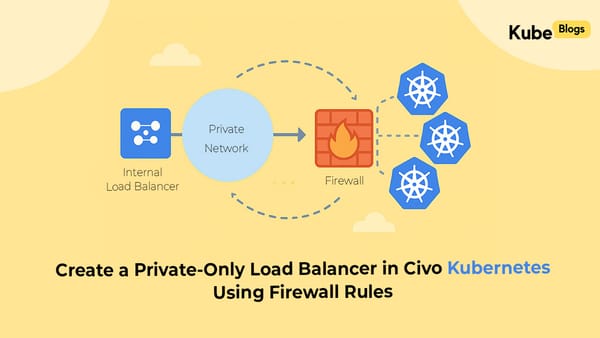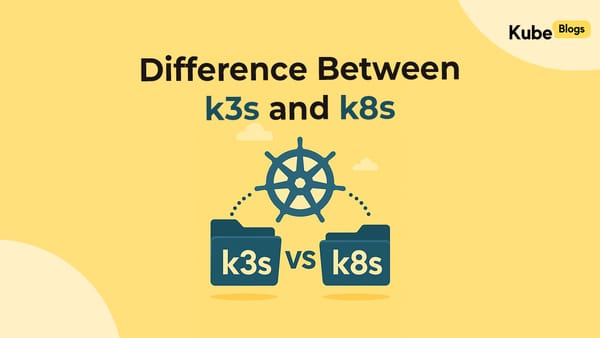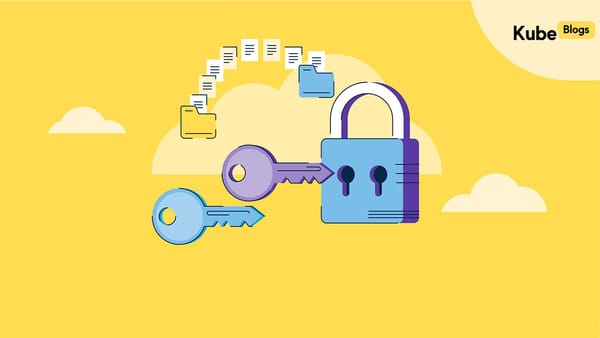Table of Contents
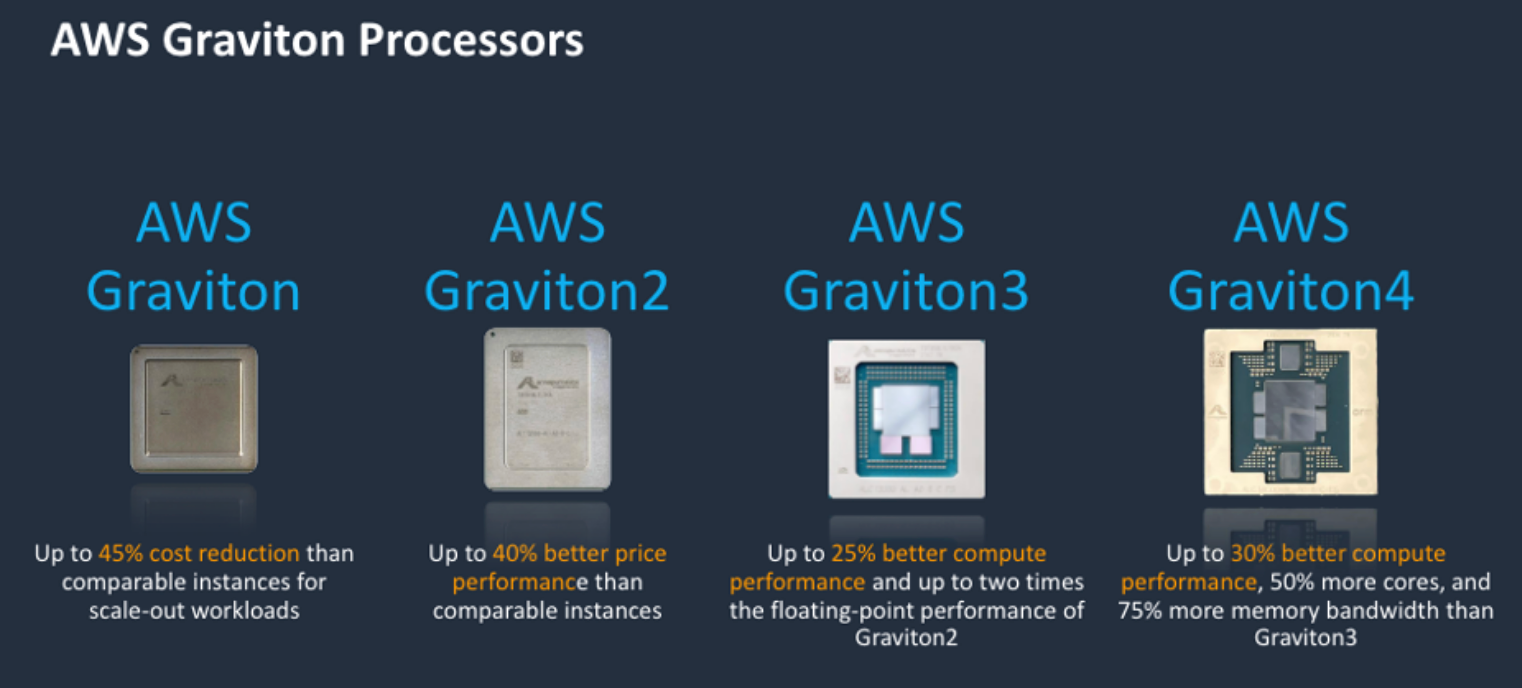
Introduction
Your AWS compute costs could drop by 50% with a single architectural decision. Organizations running thousands of instances face mounting pressure to optimize cloud spending while maintaining performance. The choice between traditional x86 processors and AWS Graviton ARM-based instances represents one of the most impactful cost optimization opportunities available today.
AWS Graviton processors are custom-designed ARM-based chips that power Amazon EC2 instances. Unlike traditional Intel and AMD x86 processors, Graviton instances deliver significant cost advantages through AWS's vertical integration and custom silicon optimization. However, the decision involves more than just comparing hourly rates—it requires understanding performance characteristics, workload compatibility, and migration complexity.
This analysis examines AWS Graviton instances against traditional x86 alternatives across cost efficiency, performance metrics, and practical implementation considerations. We'll explore real-world cost savings, identify optimal use cases, and provide actionable guidance for making this critical infrastructure decision.
Evaluation Criteria
We evaluate instance types across these key dimensions:
Cost Efficiency
- Hourly pricing comparison across instance families
- Price-performance ratios for different workload types
- Total cost of ownership including operational overhead
- Regional pricing variations and optimization opportunities
Performance Characteristics
- Single-threaded vs multi-threaded workload performance
- Memory bandwidth and core architecture differences
- vCPU mapping and virtualization overhead
- Network performance and throughput capabilities
Workload Compatibility
- Architecture compatibility requirements (ARM vs x86)
- Application migration complexity and effort
- Software ecosystem support and limitations
- Container and microservices readiness
Implementation Factors
- Migration planning and execution requirements
- Operational tooling and monitoring considerations
- Team training and skill development needs
- Risk assessment and rollback strategies
Detailed Feature Comparison
Cost Analysis: The Numbers Don't Lie
Graviton vs Intel x86: Organizations typically see approximately 50% cost reduction when migrating comparable workloads from Intel to Graviton instances. This stems from AWS's ability to optimize both hardware design and pricing models for cloud-native workloads.
Graviton vs AMD x86: While less dramatic, Graviton still delivers roughly 20% cost reduction over AMD instances for similar performance levels. AMD's competitive pricing makes the gap smaller, but Graviton's efficiency advantages translate to meaningful savings.


Regional Variations: Cost savings vary significantly by region. In ap-south-1 and ap-south-2, organizations can achieve up to 50% savings on Graviton instances compared to the standard 20-25% savings in most other regions.
Architectural Differences That Matter
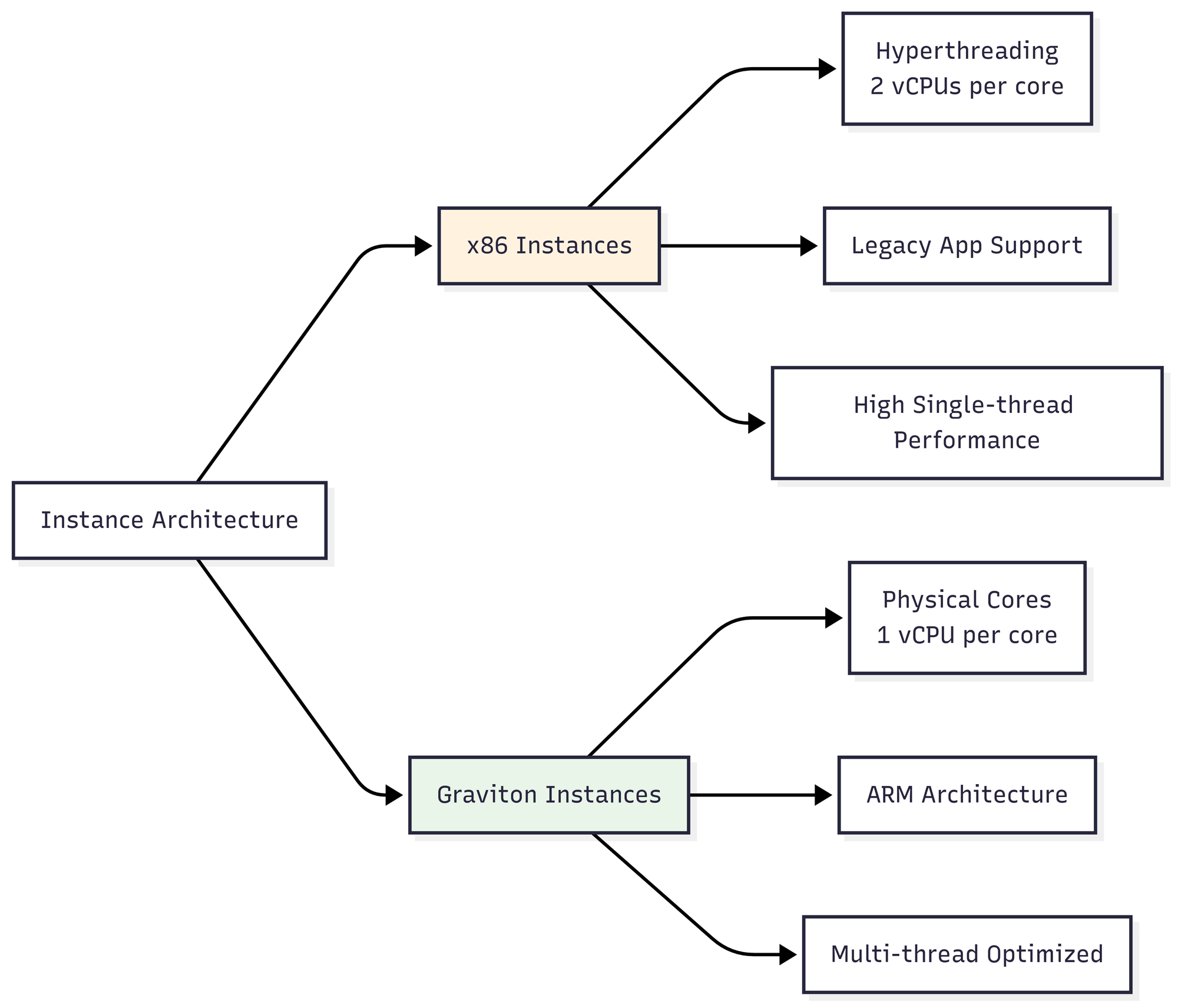
Core Architecture: Graviton instances map one vCPU to one physical core, eliminating hyperthreading overhead. This provides dedicated compute resources for each virtual CPU, particularly beneficial for multi-threaded workloads.
Memory and Networking: Graviton4 instances feature DDR5-5600 memory support and enhanced network capabilities. The latest generation delivers triple the performance scalability compared to previous generations for memory-intensive applications.
Power Efficiency: Graviton3-based instances consume up to 60% less energy for equivalent performance compared to x86 instances, supporting sustainability initiatives while reducing operational costs.
Performance Reality Check
Multi-threaded Workloads: Graviton instances excel in scenarios requiring parallel processing. Benchmarks show Graviton3 delivering approximately 40% better price-performance than Intel c5 instances when fully utilized. This advantage comes from Graviton's dedicated core architecture.
Single-threaded Applications: Traditional x86 instances maintain advantages in scenarios requiring high single-core performance. AMD instances particularly shine here, offering 6% better price-performance than Intel for single-threaded workloads.
Database Performance: Graviton-powered RDS instances deliver up to 40% performance enhancement and 29% price-performance improvement over x86-based instances, with up to 34% more throughput depending on the database engine.
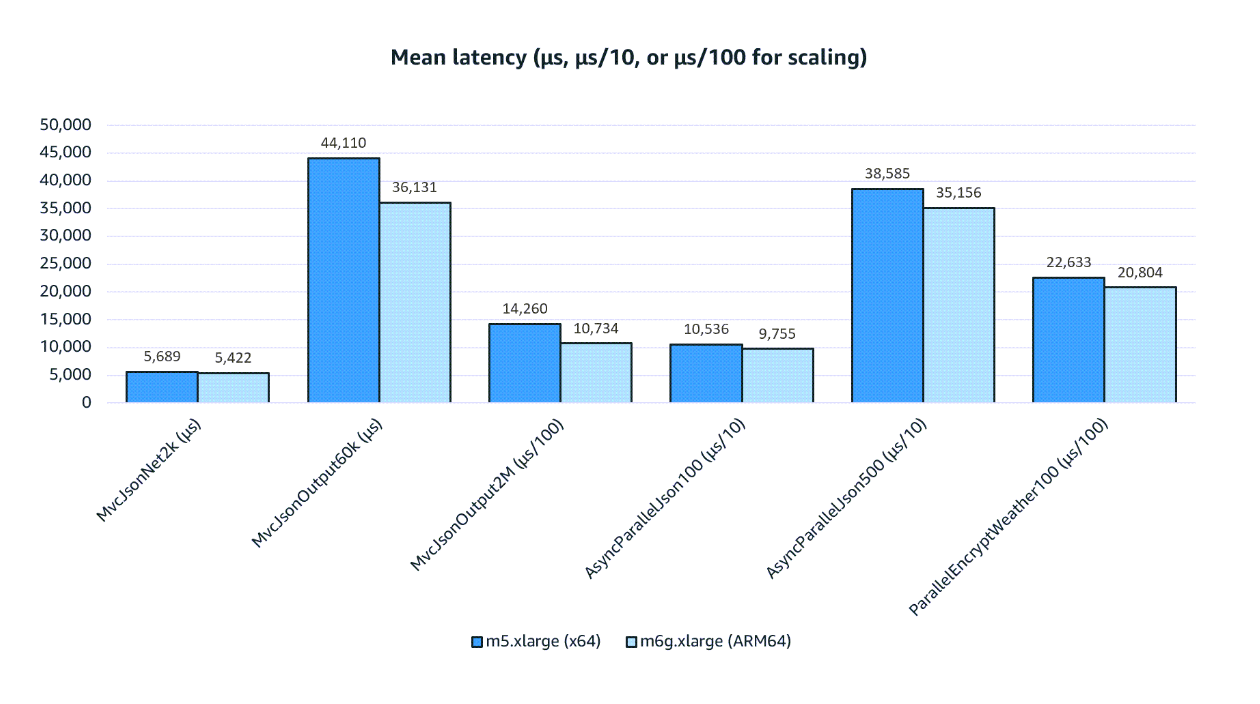
Compatibility Considerations
Architecture Requirements: The biggest challenge isn't performance or cost—it's compatibility. Graviton processors cannot natively run x86 applications. Applications must be compiled for ARM architecture or run through emulation, which significantly impacts performance.
Modern Application Support: Containerized applications and cloud-native frameworks generally support ARM architecture seamlessly. Popular languages like Python, Java, Node.js, and Go compile directly to ARM without issues.
Legacy Application Challenges: Organizations with substantial x86-dependent workloads face significant migration complexity, regardless of potential cost savings. This includes proprietary libraries, legacy applications, and hardware-specific optimizations.
Implementation Examples
Container Migration Strategy
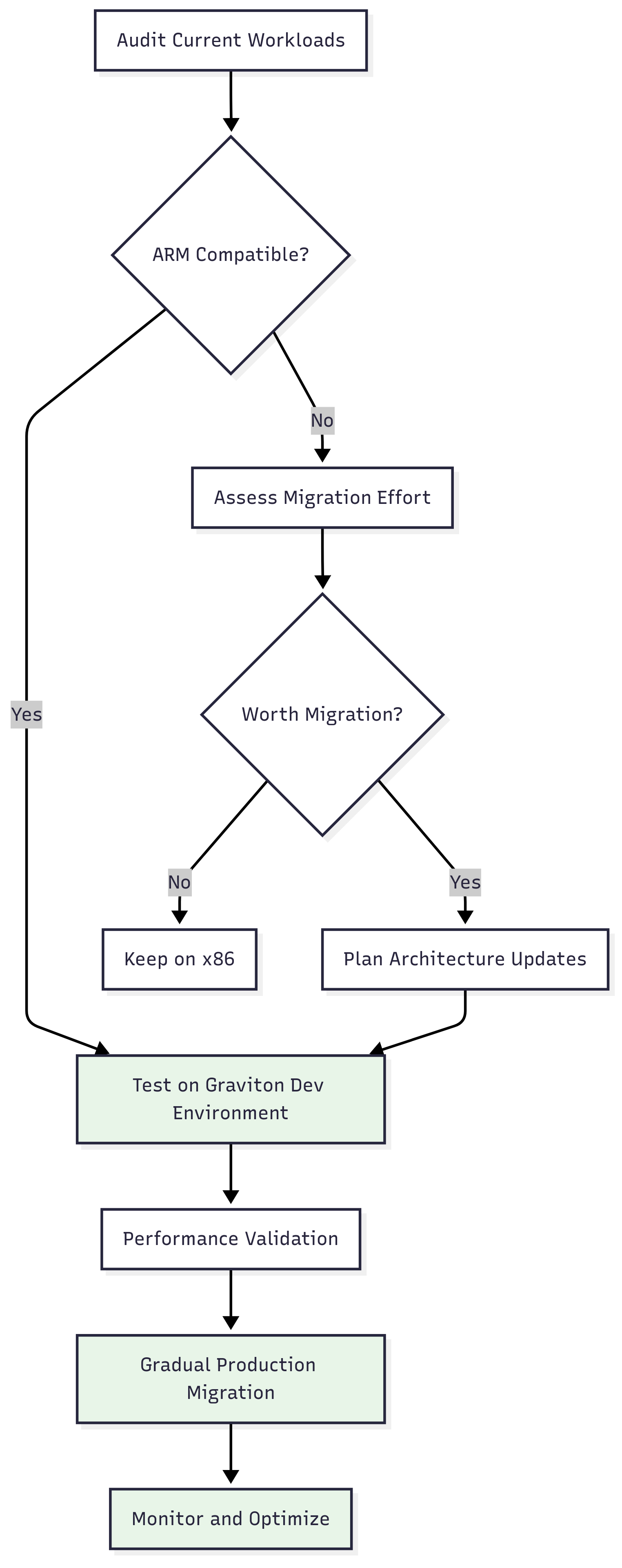
Step 1: Workload Assessment
Begin with non-critical workloads to validate performance and compatibility. Identify containerized applications and microservices as primary migration candidates.
Step 2: Multi-Architecture Container Builds
docker buildx build -t "myapp:latest" --platform linux/amd64,linux/arm64 --push .
Step 3: Gradual Migration
Start with development and testing environments, then migrate production workloads based on validation results. Use Auto Scaling Groups to mix instance types during transition periods.
Database Migration Example
RDS Migration Process:
- Create Graviton-based read replicas for testing
- Validate performance under production load
- Promote Graviton replica to primary during maintenance window
- Monitor performance metrics and cost impact
Expected Results:
- 27% better price-performance improvement
- 29% more queries per second on average
- 20% improvement in latency per dollar
Lambda Function Optimization
Graviton2-powered Lambda benefits:
- Up to 34% better price-performance
- Lower average latency, especially for cold starts
- Reduced cost per invocation through millisecond-level billing
Migration Steps:
- Update function architecture to Arm64
- Test performance with representative workloads
- Deploy and monitor cost impact
Conclusion
AWS Graviton instances represent a compelling opportunity for organizations seeking to optimize cloud costs without sacrificing performance. The potential for 20-50% cost reduction makes this architectural decision one of the highest-impact optimizations available.
Choose Graviton for:
- Microservices and containerized applications
- Web servers and API endpoints with high-volume traffic
- Batch processing and multi-threaded workloads
- Development and testing environments where cost efficiency matters most
Consider x86 instances for:
- Legacy applications with x86-specific dependencies
- Single-threaded applications requiring maximum per-core performance
- Workloads with proprietary software lacking ARM support
The key to successful Graviton adoption lies in careful workload assessment, phased migration planning, and thorough testing. Organizations that approach this transition strategically can achieve substantial cost savings while maintaining or improving application performance.
Start with containerized workloads and development environments to gain experience with Graviton instances. As your team becomes comfortable with ARM architecture, expand to production workloads where the cost benefits justify any migration complexity.
About KubeNine Consulting: We specialize in Kubernetes, Docker, GitHub Actions, Django, and observability solutions. Visit kubenine.com to learn how we help organizations optimize their cloud infrastructure and reduce operational costs.


